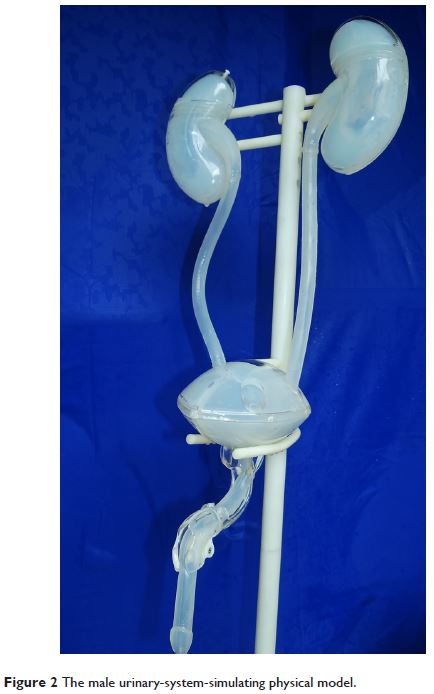9 9 6 5 3
论文已发表
注册即可获取德孚的最新动态
IF 收录期刊
- 3.3 Breast Cancer (Dove Med Press)
- 3.4 Clin Epidemiol
- 2.5 Cancer Manag Res
- 2.9 Infect Drug Resist
- 3.5 Clin Interv Aging
- 4.7 Drug Des Dev Ther
- 2.7 Int J Chronic Obstr
- 6.6 Int J Nanomed
- 2.5 Int J Women's Health
- 2.5 Neuropsych Dis Treat
- 2.7 OncoTargets Ther
- 2.0 Patient Prefer Adher
- 2.3 Ther Clin Risk Manag
- 2.5 J Pain Res
- 2.8 Diabet Metab Synd Ob
- 2.8 Psychol Res Behav Ma
- 3.0 Nat Sci Sleep
- 1.8 Pharmgenomics Pers Med
- 2.7 Risk Manag Healthc Policy
- 4.2 J Inflamm Res
- 2.1 Int J Gen Med
- 4.2 J Hepatocell Carcinoma
- 3.7 J Asthma Allergy
- 1.9 Clin Cosmet Investig Dermatol
- 2.7 J Multidiscip Healthc

改进医患沟通:新型泌尿系统模拟物理模型的內容效度检查
Authors Hu W, Song Y, Zhong X, Feng J, Wang P, Huang C
Received 29 September 2016
Accepted for publication 2 November 2016
Published 13 December 2016 Volume 2016:10 Pages 2519—2529
DOI https://doi.org/10.2147/PPA.S123468
Checked for plagiarism Yes
Review by Single-blind
Peer reviewers approved by Dr Akshita Wason
Peer reviewer comments 2
Editor who approved publication: Dr Naifeng Liu
Abstract: Effective doctor–patient communication is essential for establishing a
successful doctor–patient relationship and implementing high-quality health
care. In this study, a novel urinary system-simulating physical model was
designed and fabricated, and its content validity for improving doctor–patient
communication was examined by conducting a randomized controlled trial in which
this system was compared with photographs. A total of 240 inpatients were
randomly selected and assigned to six doctors for treatment. After primary
diagnosis and treatment had been determined, these patients were randomly
divided into the experimental group and the control group. Patients in the
experimental group participated in model-based doctor–patient communication,
whereas control group patients received picture-based communication. Within 30
min after this communication, a Demographic Information Survey Scale and a
Medical Interview Satisfaction Scale (MISS) were distributed to investigate
patients’ demographic characteristics and their assessments of total
satisfaction, distress relief, communication comfort, rapport, and compliance
intent. The study results demonstrated that the individual groups were
comparable with respect to demographic variables but that relative to patients
in the picture-based communication group, patients in the model-based
communication group had significantly higher total satisfaction scores and
higher ratings for distress relief, communication comfort, rapport, and
compliance intent. These results indicate that the physical model is more
effective than the pictures at improving doctor–patient communication and
patient outcomes. The application of the physical model in doctor–patient
communication is helpful and valuable and therefore merits widespread clinical
popularization.
Keywords: doctor–patient communication,
doctor–patient relationship, model, urology
